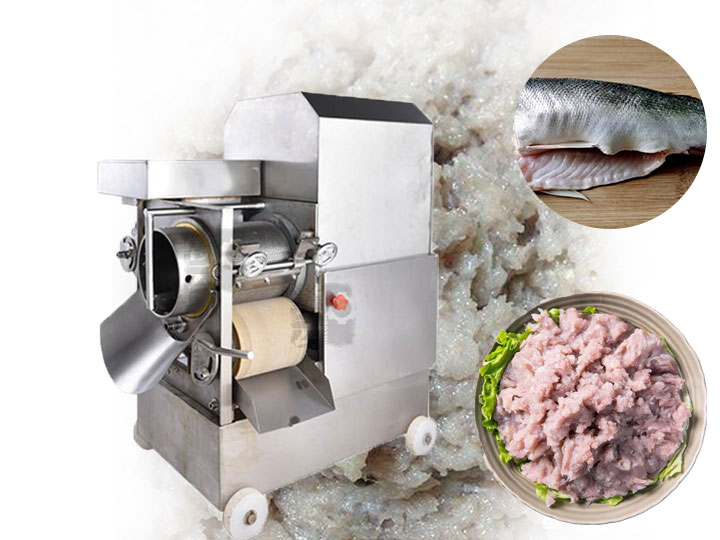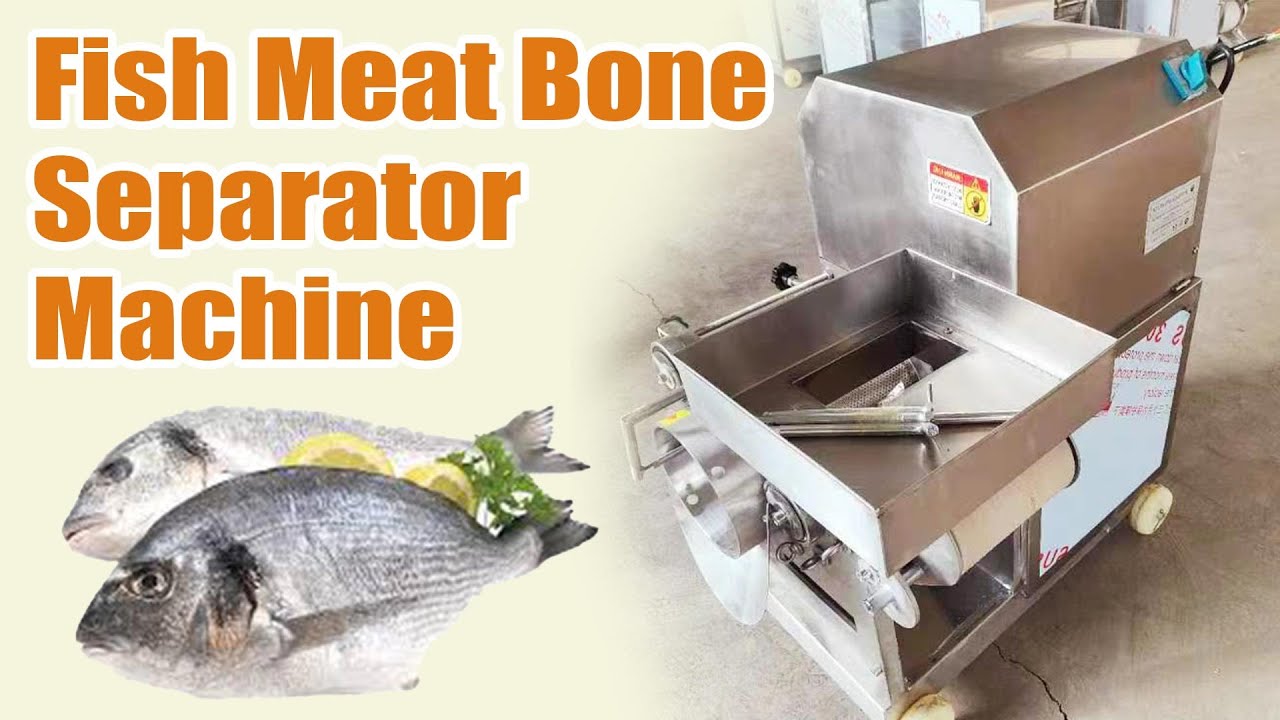10 years of experience as a food machinery equipment manufacturer
10 years of experience as a food machinery equipment manufacturer
The global demand for seafood continues to rise, and with it, the need for efficient and sustainable processing methods. In Brunei Darussalam, a nation with rich marine biodiversity and a growing aquaculture sector, the adoption of advanced food processing technology is becoming increasingly pertinent. Among these technologies, the fish meat separator, also known as a fish deboner or fish meat-bone separator, stands out as a pivotal piece of equipment that can significantly enhance the value and efficiency of fish processing operations.

A fish meat separator is a specialized machine designed to efficiently separate fish flesh from bones, skin, and fins. The core principle involves applying mechanical pressure to crushed or whole fish, forcing the softer meat through perforations or a sieve while retaining the harder, undesirable components like bones and skin. This process yields minced fish meat, often referred to as surimi if further processed, which serves as a versatile base for a wide array of value-added seafood products.
While various designs exist, the most common type of fish meat separator utilizes a rotating perforated drum and a flexible press belt. Fish, either whole (for smaller species) or pre-cut (for larger ones), are fed into the machine. The belt presses the fish against the rotating drum. The soft fish flesh is extruded through the small holes of the drum, collected on one side, while the bones, skin, and fins are unable to pass through and are discharged separately as waste from the other side. The size of the perforations in the drum can be varied to accommodate different fish species and desired textures of the minced meat.
Key operational parameters include:
Modern machines are typically constructed from food-grade stainless steel, ensuring hygiene, durability, and ease of cleaning, which are crucial aspects for food processing in line with Brunei’s Halal certification standards and general food safety regulations.
The introduction and wider adoption of fish meat separators in Brunei can offer a multitude of benefits to its burgeoning seafood industry, from small-scale processors to larger commercial enterprises.
Increased Yield and Waste Reduction:
Perhaps the most significant advantage is the substantial increase in meat recovery compared to manual filleting or deboning. Fish meat separators can efficiently extract flesh that is difficult to access manually, such as meat adhering closely to the skeleton or in irregularly shaped parts of the fish. This maximization of yield translates directly to reduced waste, making the entire operation more economically viable and environmentally sustainable. For a nation keen on resource optimization, this is a critical benefit.
Enhanced Efficiency and Labor Savings:
Manual deboning is a labor-intensive, time-consuming, and often costly process. Fish meat separators automate this crucial step, drastically reducing the manpower required and significantly increasing throughput. A single machine can process a large volume of fish in a fraction of the time it would take a team of workers, leading to substantial savings in labor costs and improved overall operational efficiency. This allows businesses in Brunei to scale up production without proportionally increasing labor overheads.
Product Diversification and Value Addition:

The minced fish meat produced by these separators is a highly versatile raw material. It can be used to manufacture a wide range of popular value-added products, including fish balls, fish cakes, fish sausages, fish nuggets, surimi-based products (like imitation crab meat), and fillings for various savory pastries. This capability allows Bruneian seafood processors to diversify their product lines, cater to different consumer preferences, and tap into new market segments, both domestically and potentially for export.
Improved Product Consistency and Quality:
Automated separation ensures a more consistent texture and quality of the minced fish meat compared to manual methods, which can vary depending on individual skill. The machines are designed to minimize bone content in the final product, enhancing consumer safety and satisfaction. Consistent product quality is vital for brand reputation and market competitiveness.
Utilization of Underutilized Species:
Fish meat separators can effectively process fish species that are bony, small, or have low market value as whole fish. This technology allows for the transformation of such underutilized marine resources into valuable food products, contributing to food security and promoting a more comprehensive use of available fishery resources in Bruneian waters.
While the benefits are clear, successful integration of fish meat separators into Brunei’s seafood sector requires certain considerations. These include the initial capital investment for the machinery, the need for trained personnel to operate and maintain the equipment, and ensuring a consistent supply of suitable raw fish material. Furthermore, adherence to stringent hygiene and maintenance protocols is essential to prevent microbial contamination and ensure the safety of the processed products.
The government and relevant industry bodies in Brunei could play a role in facilitating the adoption of such technologies through support schemes, training programs, and by promoting best practices in seafood processing. This aligns with national objectives like Wawasan Brunei 2035, which emphasizes economic diversification and the development of sustainable industries.
The fish meat separator represents a significant technological advancement for the seafood processing industry. For Brunei, with its aspirations to grow its aquaculture and fisheries sectors, embracing such innovations is key to enhancing productivity, reducing waste, and adding value to its marine resources. By efficiently converting raw fish into a versatile base for numerous food products, these machines can empower local businesses, create employment opportunities, and contribute to the nation’s food self-sufficiency goals.
As Brunei continues to develop its non-oil and gas sectors, investments in modern food processing technologies like fish meat separators will be crucial. They offer a pathway to a more competitive, sustainable, and profitable seafood industry, capable of meeting both domestic demand and exploring potential export markets with high-quality, value-added products. The diligent application of this technology, coupled with strong quality control and food safety standards, can position Brunei favorably within the regional and global seafood market.
